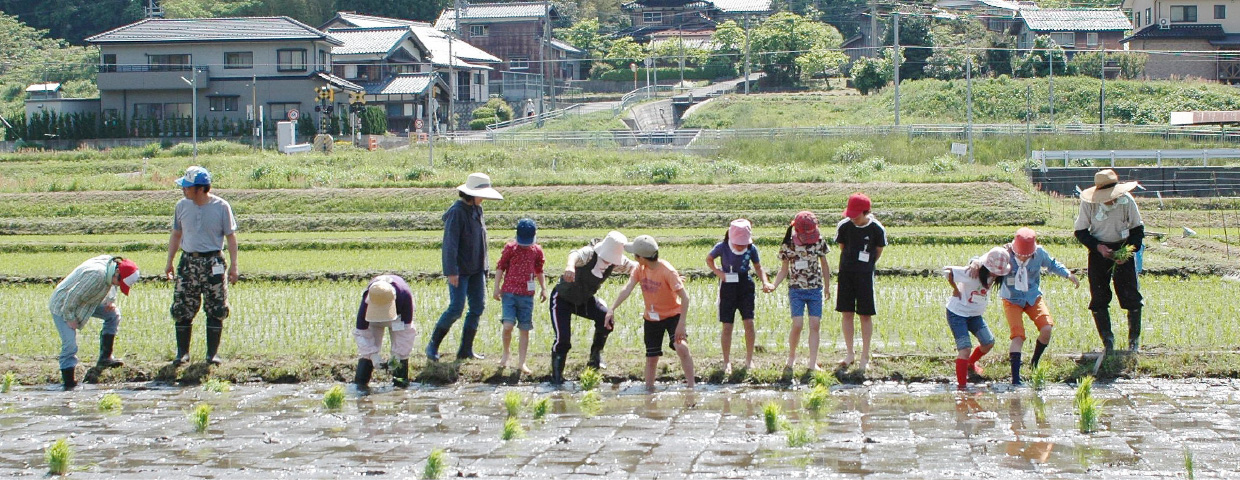NEWS

HLPF Side Event Spotlights the Role of the Satoyama Initiative for a Sustainable Recovery
2022.07.15
On 13 July 2022 UNU-IAS co-organised an online side event of the 2022 UN High-level Political Forum on Sustainable Development (HLPF) that explored the role of the Satoyama Initiative in achieving the SDGs and recovering from the COVID-19 pandemic. Speakers emphasised the need for integrated approaches based on a harmonious relationship with nature to create lasting solutions to the challenges of climate change and promote well-being.
The event was opened by John Buchanan (Vice President, Sustainable Production, Conservation International) who noted that the global community had not realised solutions within the time and scale necessary to address climate change, biodiversity loss, poverty, food security, and human rights issues. He observed that these challenges were interconnected and that trying to solve them in isolation does not create lasting solutions.
Adriana Dinu (Senior Advisor to the Director of the Bureau of Policy and Programme, UNDP) highlighted the Satoyama Initiative as a proven long-term measure that promotes integrated resilience, enhancing landscape- and seascape-based solutions together with socially inclusive and dignified livelihoods.
The COVID-19 pandemic has had massive impacts on people’s lives and slowed down economies. Jihyun Lee (Director of the Science, Society and Sustainable Futures Division, Secretariat of the Convention on Biological Diversity) noted a healthy recovery from the pandemic required shifting away from business as usual and adopting sustainable practices. Kazuhiko Takeuchi (President, Institute for Global Environmental Strategies) discussed restoration production landscapes and seascapes as a nature-based solution that can provide food security while maximising synergies and minimising trade-offs.
Toshitaka Ooka (State Minister of the Environment, Japan) delivered a video message, reiterating the commitment by the Government of Japan to implementing the Post-2020 Global Biodiversity Framework (GBF) with the assistance of the Satoyama Initiative.
Experts shared practical experiences from the field and lessons learned from employing integrated landscape approaches to advance a range of SDGs and improve well-being. Yoko Watanabe (Global Manager, GEF Small Grants Programme, UNDP) introduced the Community Development & Knowledge Management for the Satoyama Initiative (COMDEKS), a flagship programme of the Satoyama Initiative that supports local community activities to maintain and rebuild Socio-Ecological Production Landscapes and Seascapes (SEPLS)
George Ortsin (Ghana National Coordinator, GEF Small Grants Programme, UNDP) presented a restoration project in Ghana supported by COMDEKS through which communities restored the Weto Landscape and conserved significant biodiversity areas. Rashed Titumir (Professor and Chairman, Department of Development Studies, University of Dhaka) shared how communities in the Sundarbans–mangrove forest in Bangladesh and India learned to sustainably manage their local resources during the COVID-19 lockdown.
Stressing that a clean, healthy, and sustainable environment is a human right, Shinobu Yume Yamaguchi (Director, UNU-IAS) reflected on the future of the Satoyama Initiative and underlined its focus on contributing to the UN Decade on Ecosystem Restoration.
The session concluded with a message from Carlos Manuel Rodríguez (CEO, Global Environmental Facility), who stated that the Satoyama Initiative brought philosophical principles, but most importantly provided tools to guide societies into a harmonious relationship with nature.


